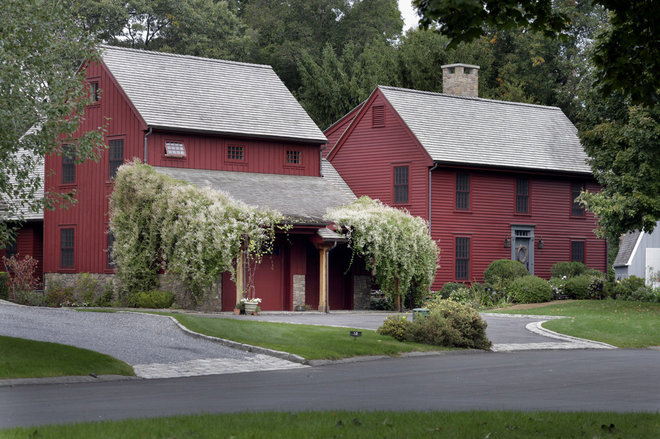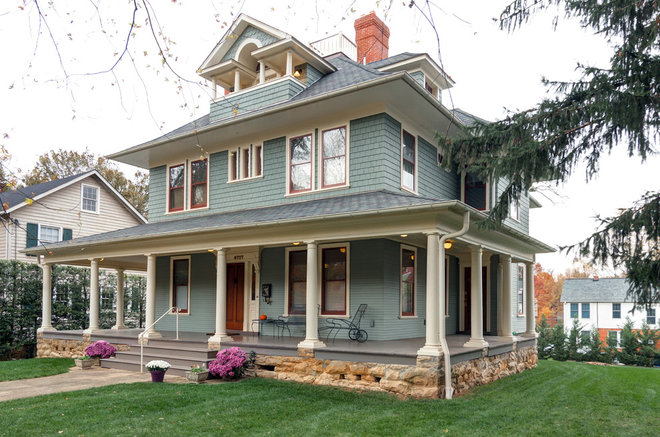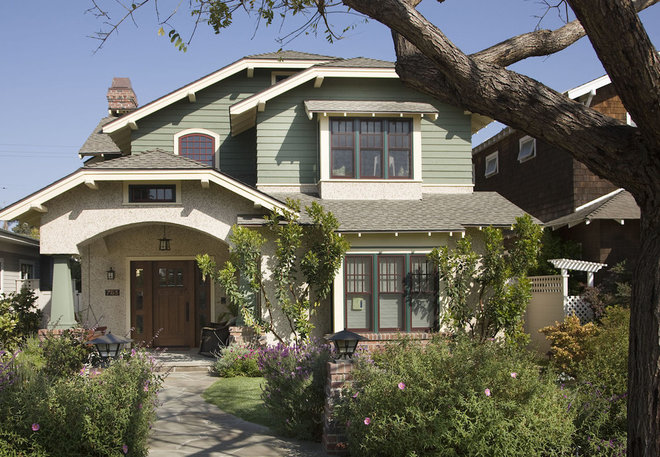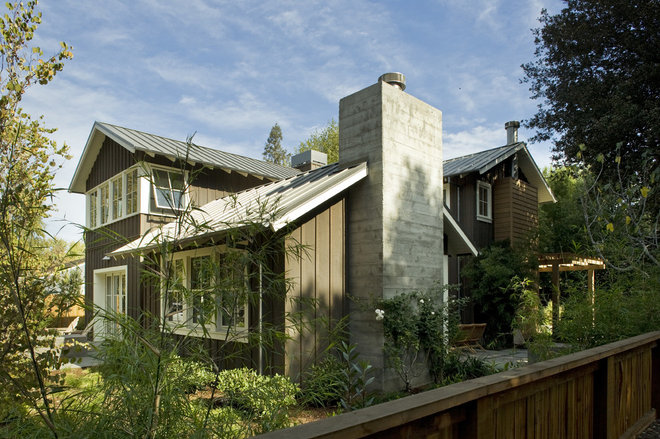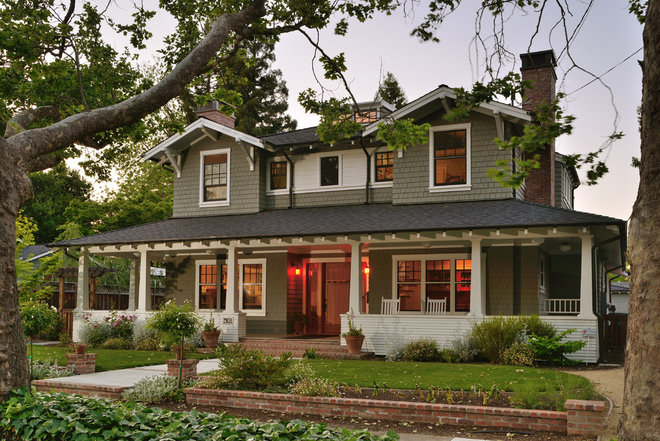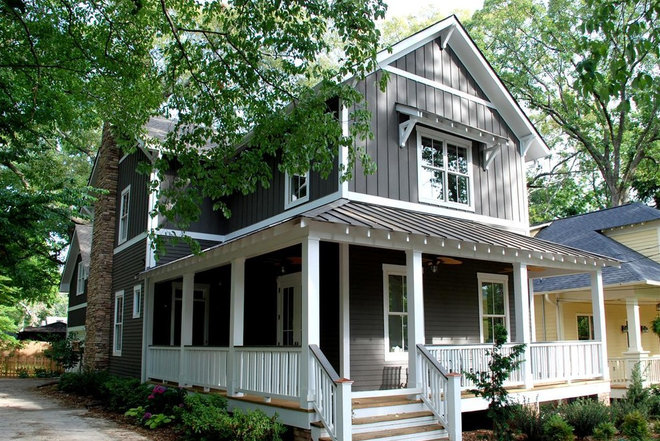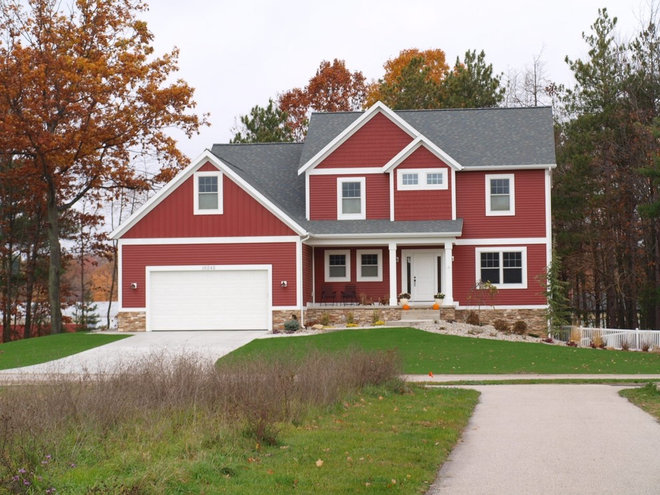Time for a fresh coat of paint? Whether your home’s
exterior is showing signs of wear or you want to update the look with a
new color, here are all of the details you need to make the job a
success.
Project: Patching and painting your home’s exterior.
Why:
A freshly painted exterior enhances curb appeal and can increase your
home’s resale value. Keeping on top of minor repairs to the exterior can
also help prevent more extensive repairs in the future. Peeled paint can expose the bare wood beneath to water, making it susceptible to rot and attracting pests like carpenter ants.
It’s a good project for you if: Your home’s exterior is showing signs of wear, such as chipped or peeling paint, or you want to change the look.
Who to hire:
A professional house painter can do a precise job and has the
experience, tools and team to get the work done quickly. It is possible
to do it yourself, particularly if you have some painting experience and
your home is small — but if your home is more than two
stories, you will need a pro with scaffolding. If the siding is badly
damaged, you may also need to hire a carpenter for repairs.
Important note: If your
home was built before 1978, you must test for lead paint before
beginning work. If the paint contains lead, your house painters will
need to take extra precautions when prepping the surface to avoid
sending dangerous lead dust flying into the air and contaminating the
environment around your home.
Cost: Typically $1 to $2
per square foot for supplies and labor, though it may cost an additional
$1 to $2 per square foot if the existing paint is in very poor
condition and requires extra time to prepare. If sections of wood siding
need to be completely replaced by a carpenter, the cost could be $250
to $350 per section. Painting a house on your own will cost roughly 50
cents to $1 per square foot for tool rentals and materials.
How long the project will take:
Professional house painters working in a team of three can have a
three-bedroom home painted in three or four days. If you are doing the
painting yourself with one other person (and don’t have much
experience), expect it to take seven to 10 days or more to prep and
paint the same-size house. Homes with lead paint that need special
treatment, or that have severely damaged paint and siding, will take an
additional week or more. If the job is done well, exterior paint work
should last at least 10 to 15 years.
Best time to do this project: The
temperature must be above 50 degrees Fahrenheit for most types of paint
to dry properly, making summer the best time to paint your home. It’s
best to avoid spring and fall, when temps can fluctuate unpredictably
and rain may be more likely. Keep a close eye on the weather forecast
around the time you plan to paint and choose a week when warm, dry
weather is expected.
First steps:
- Closely inspect the exterior of your home, checking for signs of damage to the paint and siding.
- If your home was built before 1978, have a lead test done.
- Decide whether you want to tackle the job yourself or hire pros.
- If hiring pros, ask for recommendations from friends and neighbors, and search listings on Houzz.
Keep in mind that the more
intricate the work, the more experience you should look for in a
painter. For instance, if you have a Victorian home with lots of
intricate trim, seek out a pro with experience working on other
Victorian homes in the area.
Taking the time to do research will allow you to make more informed decisions about your house painting project.
